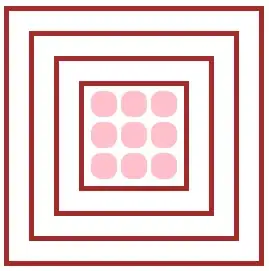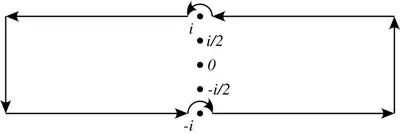Here are 88 solutions (I believe this is all of them):
[2,[2,[4,[1]]]]
[4,[2,[2,[1]]]]
[2,[1]],[3],[3]
[1],[[3]],[5]
[4,[[2,[3]]]]
[[6,[[3]]]]
[6,[1,[1],[1]]]
[2,[[[7]]]]
[1],[3],[4,[1]]
[[3]],[3],[3]
[2,[1],[1],[5]]
[2,[4,[2,[1]]]]
[1,[2,[1]],[5]]
[1],[3],[[5]]
[1,[3],[4,[1]]]
[[4,[4,[1]]]]
[1,[[3]],[5]]
[2,[5,[1],[1]]]
[7,[[1]],[1]]
[4,[[[5]]]]
[5,[1],[[3]]]
[1],[1],[6,[1]]
[[8,[[1]]]]
[1,[1],[[7]]]
[[2,[6,[1]]]]
[[[2,[7]]]]
[6,[1],[1],[1]]
[[1]],[3],[5]
[1,[3],[2,[3]]]
[3,[1],[2,[3]]]
[[2,[[7]]]]
[[4,[[5]]]]
[[6,[2,[1]]]]
[1,[[1]],[7]]
[1],[1],[2,[5]]
[2,[6,[[1]]]]
[1,[1],[4,[3]]]
[2,[[2,[5]]]]
[[3],[3],[3]]
[[[6,[3]]]]
[[[8,[1]]]]
[5,[1],[2,[1]]]
[4,[4,[[1]]]]
[[[4,[5]]]]
[2,[2,[[5]]]]
[1,[1],[2,[5]]]
[1],[1],[4,[3]]
[2,[4,[[3]]]]
[6,[2,[[1]]]]
[[[[9]]]]
[6,[[[3]]]]
[[1,[1],[7]]]
[1],[2,[1]],[5]
[1,[1],[6,[1]]]
[2,[1,[1],[5]]]
[2,[[4,[3]]]]
[8,[[[1]]]]
[4,[3,[1],[1]]]
[1,[3],[[5]]]
[4,[1],[1],[3]]
[[4,[2,[3]]]]
[2,[2,[2,[3]]]]
[[3,[3],[3]]]
[[3,[1],[5]]]
[3,[[3]],[3]]
[3,[1],[[5]]]
[[2,[4,[3]]]]
[2,[1,[3],[3]]]
[[1],[3],[5]]
[2,[[6,[1]]]]
[4,[1,[1],[3]]]
[3,[2,[1]],[3]]
[6,[[2,[1]]]]
[[1],[1],[7]]
[2,[3,[1],[3]]]
[1],[3],[2,[3]]
[[7,[1],[1]]]
[[1,[3],[5]]]
[[5,[1],[3]]]
[[2,[2,[5]]]]
[2,[1],[3],[3]]
[5,[[1]],[3]]
[4,[2,[[3]]]]
[3,[[1]],[5]]
[[1]],[1],[7]
[4,[[4,[1]]]]
[3,[1],[4,[1]]]
[1],[1],[[7]]


